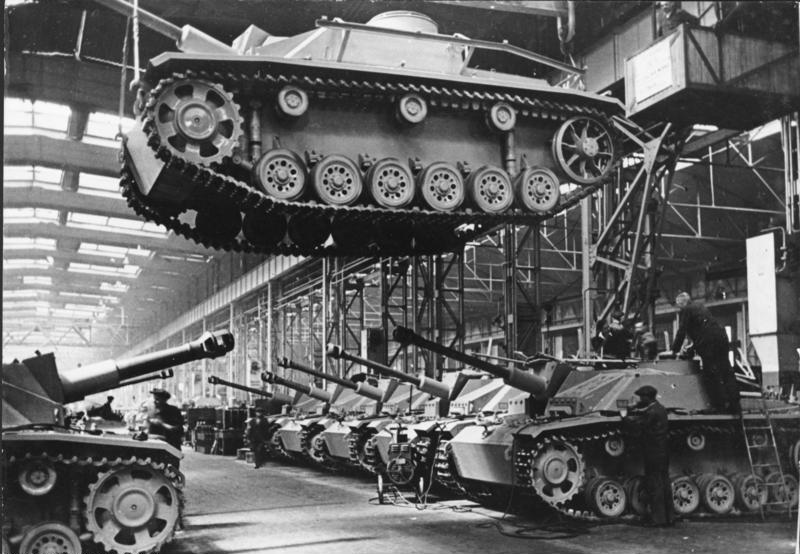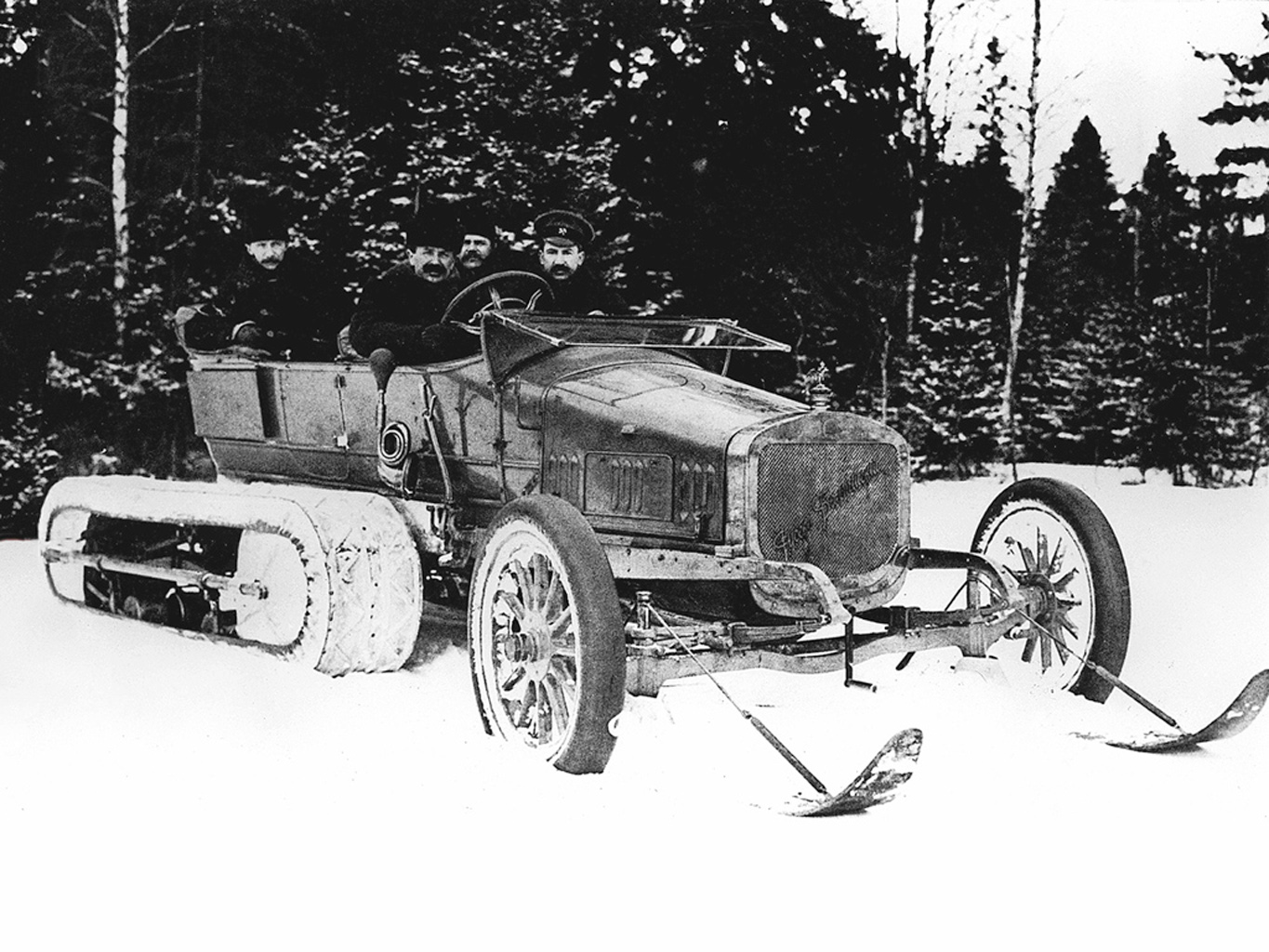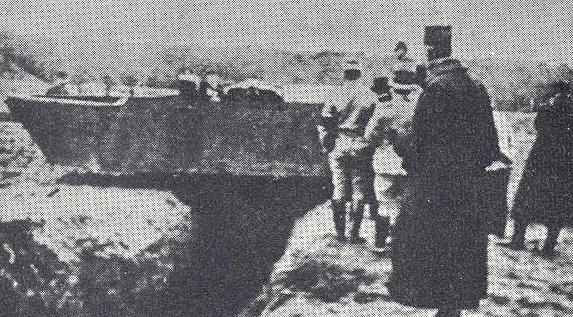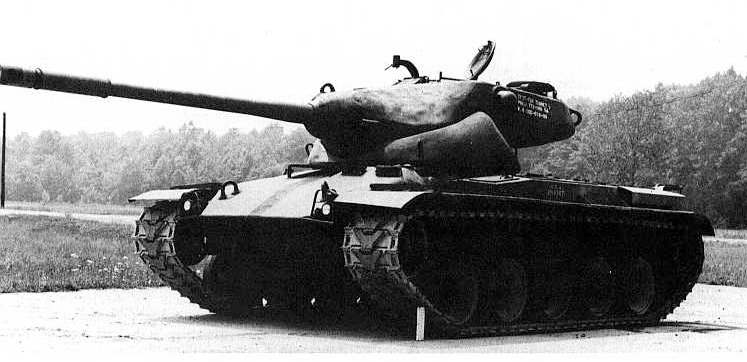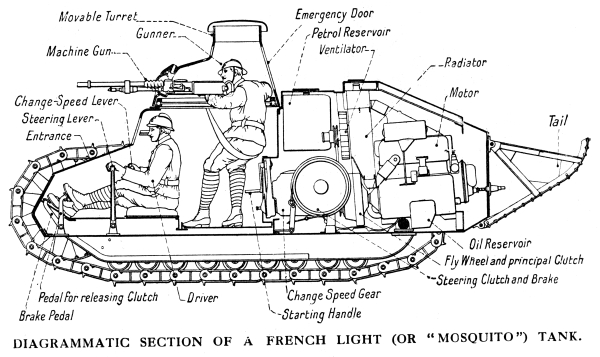|
Somua
Somua, an acronym for ''Société d'outillage mécanique et d'usinage d'artillerie'', was a French company that manufactured machinery and vehicles. A subsidiary of Schneider-Creusot, Somua was based in Saint-Ouen, a suburb of Paris. Overview In 1930 Somua introduced several models of trucks equipped with advanced diesel engines, half cabins and three axles and with payloads from 10 to 13 tonnes. Somua also produced a lighter range with five to eight tonnes payload, equipped with gasoline engines. In 1936 Somua produced a railcar for PLM, the XS 1 to 11. Arguably the most famous product in Somua's history was its 20-ton World War II tank, the Somua S35 and the Somua S40. Furthermore, France's first tank in 1916, the Schneider CA1, as well as later in 1918 some Renault FT tanks, were manufactured by Somua in their Saint-Ouen facility during World War I. Somua's production of trucks practically ceased between 1943 and 1946. However, in 1944 the company developed a truck und ... [...More Info...] [...Related Items...] OR: [Wikipedia] [Google] [Baidu] |
SOMUA S35
The SOMUA S35 was a French cavalry tank of the Second World War. Built from 1936 until 1940 to equip the armoured divisions of the Cavalry, it was for its time a relatively agile medium-weight tank, superior in armour and armament to its French and foreign competitors, such as the contemporary versions of the German Panzer III medium tank. It was constructed from well-sloped, mainly cast, armour sections, that however made it expensive to produce and time-consuming to maintain. During the German invasion of May 1940, the SOMUA S35 proved itself to be a tactically effective type, but this was negated by the French command's strategic mistakes in deploying their Cavalry armoured divisions. After the defeat of France in June 1940, limiting production to a total of about 440, captured SOMUA S35s were used by the Axis powers, some of them on the Eastern Front. A derived type, the SOMUA S40, with an improved suspension, lowered hull cast and welded turret armour, had been planned t ... [...More Info...] [...Related Items...] OR: [Wikipedia] [Google] [Baidu] |
Alfred Becker
Alfred Becker (20 August 1899 – 26 December 1981) was a German engineer and artillery officer who served during the First and Second World Wars. During the Second World War he took captured British and French vehicles and refurbished and rebuilt them to supply the German army with armoured fighting vehicles. With his engineering and organizational skills, he converted the Hotchkiss plant on the outskirts of Paris into a vehicle modification and fabrication center. He used the vehicles to mobilize German guns, rocket launchers and mortars. Working with Altmärkische catenary Gmbh (Alkett), steel shielding was shipped from Germany to armour the vehicles. The men from his artillery command did the metal work and conversion on 1,800 recovered vehicles. During the winter of 1943-44 Becker's work focused on equipping the 21st Panzer Division. He used the tracked carriages of French light tanks to mobilize the 7.5 cm Pak 40 anti-tank gun and the 10.5 cm leFH 18 howitzer. Becker ... [...More Info...] [...Related Items...] OR: [Wikipedia] [Google] [Baidu] |
Somua 1925
Somua, an acronym for ''Société d'outillage mécanique et d'usinage d'artillerie'', was a French company that manufactured machinery and vehicles. A subsidiary of Schneider-Creusot, Somua was based in Saint-Ouen, a suburb of Paris. Overview In 1930 Somua introduced several models of trucks equipped with advanced diesel engines, half cabins and three axles and with payloads from 10 to 13 tonnes. Somua also produced a lighter range with five to eight tonnes payload, equipped with gasoline engines. In 1936 Somua produced a railcar for PLM, the XS 1 to 11. Arguably the most famous product in Somua's history was its 20-ton World War II tank, the Somua S35 and the Somua S40. Furthermore, France's first tank in 1916, the Schneider CA1, as well as later in 1918 some Renault FT tanks, were manufactured by Somua in their Saint-Ouen facility during World War I. Somua's production of trucks practically ceased between 1943 and 1946. However, in 1944 the company developed a truck under ... [...More Info...] [...Related Items...] OR: [Wikipedia] [Google] [Baidu] |
Kégresse Track
A Kégresse track is a kind of rubber or canvas continuous track which uses a flexible belt rather than interlocking metal segments. It can be fitted to a conventional car or truck to turn it into a half-track, suitable for use over rough or soft ground. Conventional front wheels and steering are used, although skis may also be fitted. A snowmobile is a smaller ski-only type. Technology The Kégresse propulsion and suspension system incorporates an articulated bogie, fitted to the rear of the vehicle with a large drive wheel at one end, a large unpowered idler wheel at the other, and several small guide wheels in between, over which run a reinforced flexible belt. The belt is fitted with metal or rubber treads to grip the ground. It differs from conventional track systems by using a flexible belt rather than interlocking metal segments. Use in Russia The name comes from the system's inventor Adolphe Kégresse, who designed the original while working for Tsar Nicholas II of Russ ... [...More Info...] [...Related Items...] OR: [Wikipedia] [Google] [Baidu] |
Schneider CA1
The Schneider CA 1 (originally named the Schneider CA) was the first French tank, developed during the First World War. The Schneider was inspired by the need to overcome the stalemate of trench warfare which on the Western Front prevailed during most of the Great War. It was designed specifically to open passages for the infantry through barbed wire and then to suppress German machine gun nests. After a first concept by Jacques Quellennec devised in November 1914, the type was developed from May 1915 onwards by engineer Eugène Brillié, paralleling British development of tanks the same year. Colonel Jean Baptiste Eugène Estienne in December 1915 began to urge for the formation of French armoured units, leading to an order in February 1916 for four hundred Schneider CA tanks, which were manufactured by SOMUA, a subsidiary of Schneider located in a suburb of Paris, between September 1916 and August 1918. Like most early tanks, the Schneider was built like a simple armoured ... [...More Info...] [...Related Items...] OR: [Wikipedia] [Google] [Baidu] |
SOMUA SM
The AMX 50 (official designation) or AMX-50 was a French heavy tank designed in the immediate post Second World War period. It was proposed as, in succession, the French medium, heavy, and main battle tank, incorporating many advanced features. It was cancelled in the late 1950s however, due to unfavourable economic and political circumstances after serious delays in development. Development M 4 After the war the French Army possessed no modern tanks with a heavy armament. The ARL 44 was being developed, but this vehicle, although to be armed with a powerful 90 mm gun, could hardly be called modern, as its suspension system was obsolete. Therefore already in March 1945 the French industry had been invited to design a more satisfactory vehicle.Duncan Crow (ed.), 1978, ''Modern Battle Tanks'', Profile Publications Limited, pp 102-104 The same year the ''Ateliers de construction d'Issy-les-Moulineaux'' (AMX) company presented its ''projet 141'', a project to build the so-called ... [...More Info...] [...Related Items...] OR: [Wikipedia] [Google] [Baidu] |
Schneider-Creusot
Schneider et Cie, also known as Schneider-Creusot for its birthplace in the French town of Le Creusot, was a historic French iron and steel-mill company which became a major arms manufacturer. In the 1960s, it was taken over by the Belgian Empain group and merged with it in 1969 to form Empain-Schneider, which in 1980 was renamed Schneider SA and in 1999, after much restructuring, Schneider Electric. Origins In 1836, Adolphe Schneider and his brother Eugène Schneider bought iron-ore mines and forges around Le Creusot (Saône-et-Loire). They developed a business dealing in steel, railways, armaments, and shipbuilding. The Creusot steam hammer was built in 1877. Somua, a subsidiary located near Paris, made machinery and vehicles, including the SOMUA S35 tank. Armaments Vehicles *Schneider CA1, the first French tank *''Ferré'', a 46-meter long submarine *Schneider-Creusot 030-T steam locomotive * Schneider Coast Defense Train Mountain guns * 75 mm Schneider-Danglis ... [...More Info...] [...Related Items...] OR: [Wikipedia] [Google] [Baidu] |
Somua S40
The Somua S40 was a prototype Military of France, French Tank (warfare), tank developed before Second World War. It was based on the Somua S35. Compared with the latter, the S40 had a new diesel engine, diesel; its hull was longer than the S35; and an extra pair of wheels was added on the Suspension (vehicle), suspension. The S40 also had a new gun turret, turret, the ARL 2C. Mass production was planned for the S40. However, production was canceled after the Fall of France in 1940. References Tanks of the interwar period Tanks of France {{mil-vehicle-stub ... [...More Info...] [...Related Items...] OR: [Wikipedia] [Google] [Baidu] |
Renault FT
The Renault FT (frequently referred to in post-World War I literature as the FT-17, FT17, or similar) was a French light tank that was among the most revolutionary and influential tank designs in history. The FT was the first production tank to have its armament within a fully rotating turret.Although a rotating turret had been a feature of some earlier tank designs or prototypes, and had been incorporated in armoured cars for several years, no tank with a turret had entered service. The Renault FT's configuration (crew compartment at the front, engine compartment at the back, and main armament in a revolving turret) became and remains the standard tank layout. Consequently, some armoured warfare historians have called the Renault FT the world's first modern tank. Over 3,000 Renault FT tanks were manufactured by French industry, most of them in 1918. After World War I, FT tanks were exported in large numbers. Copies and derivative designs were manufactured in the United States ( ... [...More Info...] [...Related Items...] OR: [Wikipedia] [Google] [Baidu] |
Vétra
Vétra (or Vetra), or more formally the ,Dölling, Gerhard (1993). ''Straßenbahnatlas Schweiz 1993'', p. 12. Berlin: Arbeitsgemeinschaft Blickpunkt Straßenbahn e.V. . (detailed history, 1940 and 1947–1978). Allen Morrison. 2006. Retrieved January 24, 2012. was a French manufacturer of es and s. /ref> Founded in 1925, it became one of Western Europe's largest builders of trolleybuses during the middle decades of the 20th century, maki ... [...More Info...] [...Related Items...] OR: [Wikipedia] [Google] [Baidu] |

